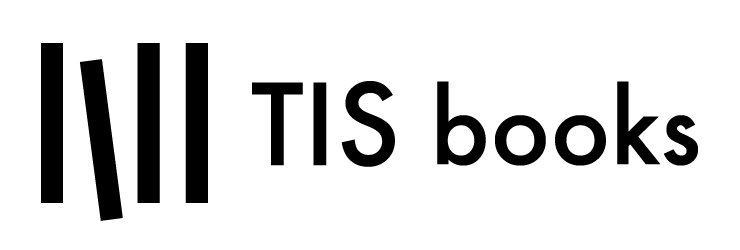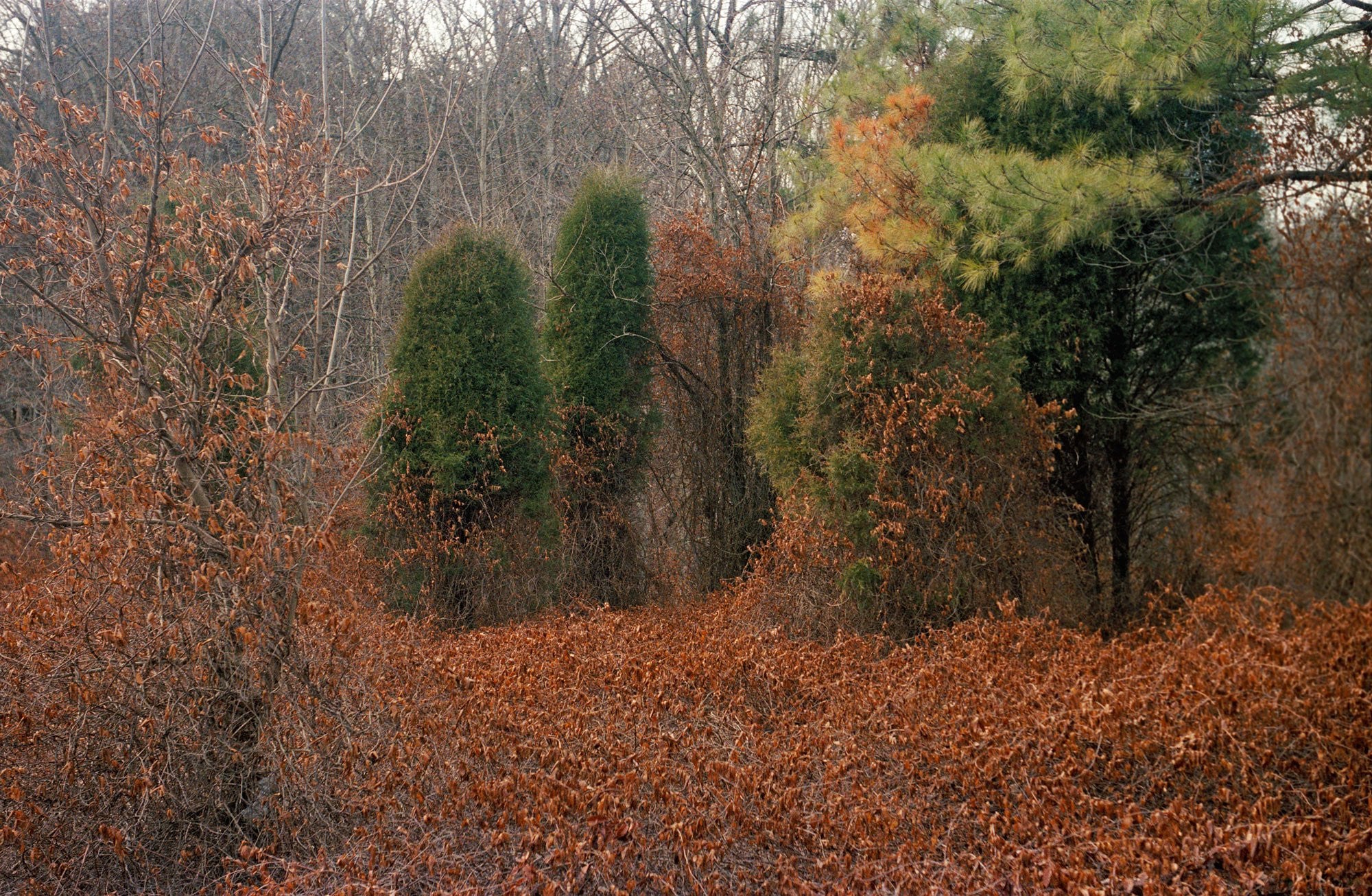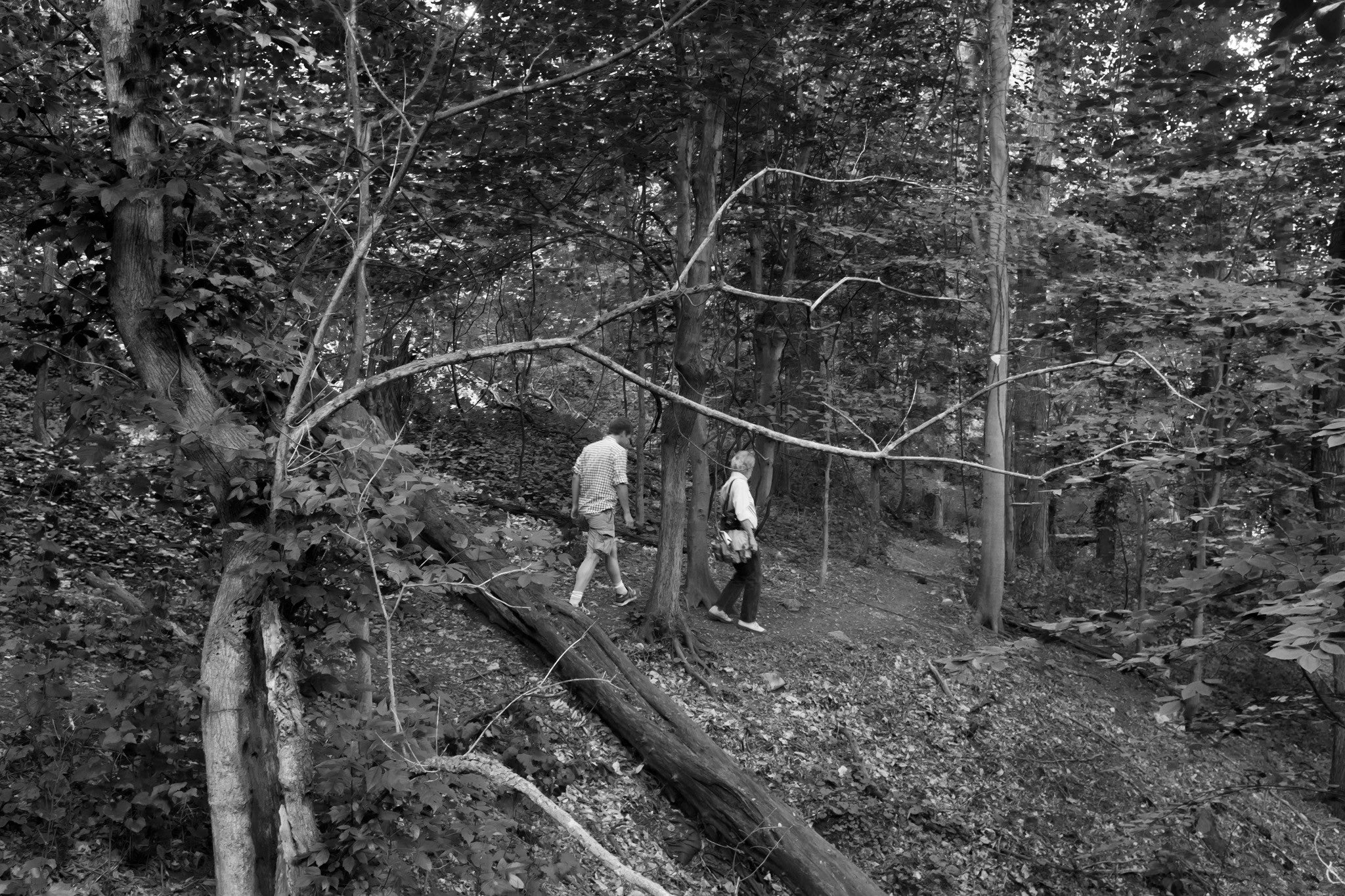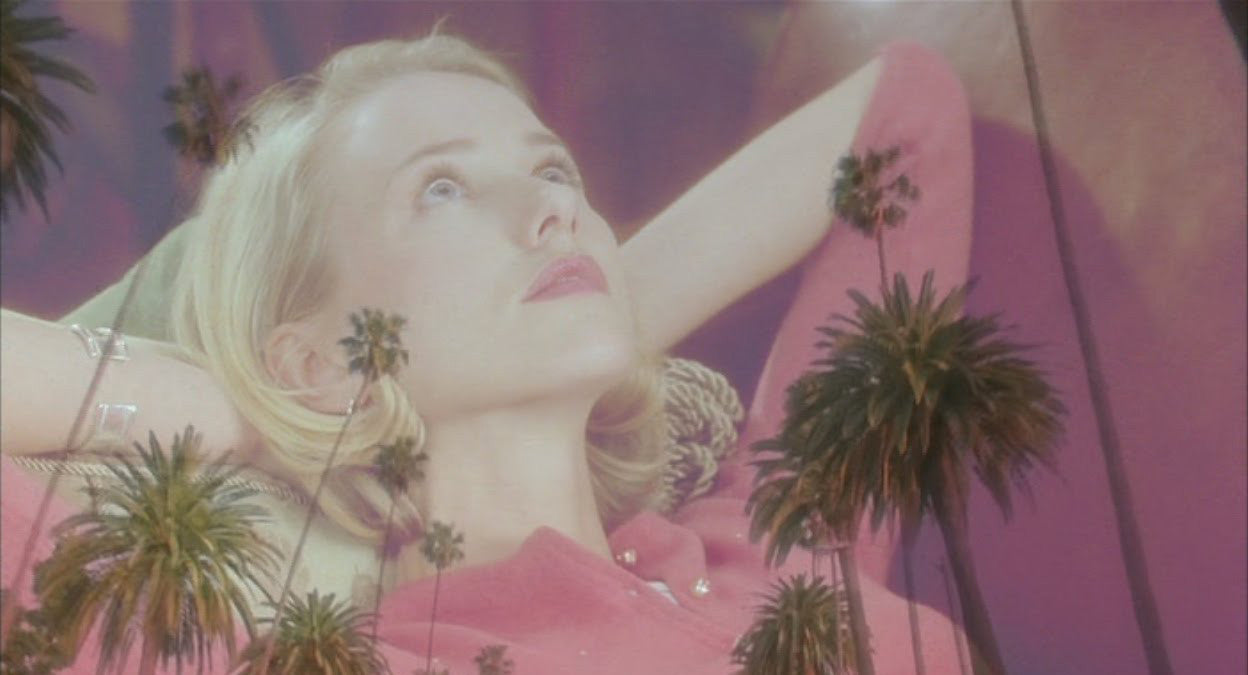
The photographer's non-photography syllabus: Alec Soth
I reflected for a long time on the “this is sausage” request to name five non-photography books I would put on a syllabus for other photographers to read. As the months went by, I began to question my procrastination. Was I afraid my list wouldn’t sound smart enough? Or did I not believe I was worthy of giving meaningful recommendations?
During the period I was considering this question, I hosted a series of workshops for teenagers. I wasn’t a teacher and there was no syllabus. Instead we wandered around in a RV and met with other artists. After our meeting with the filmmaker Jennifer Venditti, she sent me an audiobook version of David Lynch reading his book of short essays, Catching the Big Fish1.
I decided to listen to this book with the teenagers as we drove to Iowa. It was the perfect book at the perfect time. Lynch writes:
If you have a golf-ball-sized consciousness, when you read a book, you'll have a golf-ball-sized understanding; when you look out a window, a golf-ball-sized awareness, when you wake up in the morning, a golf-ball-sized wakefulness; and as you go about your day, a golf-ball-sized inner happiness.
But if you can expand that consciousness, make it grow, then when you read about that book, you'll have more understanding; when you look out, more awareness; when you wake up, more wakefulness; as you go about your day, more inner happiness.
Is Lynch’s book as great as Moby Dick? Of course not (though I haven’t read Moby Dick.) Do I think photographers should read Catching the Big Fish? Only if it seems like the right book at the right time.
This is the thing about reading, or any other form of consumption, it nourishes best when you are hungry for it. In his essay, “To Read or Not to Read”2, Henry Miller writes:
Books recommended to us by our mentors may, if they happen to reach us at the right moment, produce the desired result, but how on earth can such happy accidents be predicted? ... If “the open road” is the way to take in journeying through life, surely the same can be applied to reading. Let it be an adventure! Let it happen!
When I was a teenager, my art teacher had us read Annie Dillard’s A Pilgrim At Tinker Creek3. It was exactly what I needed to read at that time in my life. In reading it again in preparation for this list, it occurs to me that my consciousness is likely no larger than it was when I was a teenager. Nonetheless, Dillard continues to help make that golf ball seem just a little bit bigger when she writes:
If I seek the senses and skill of children, the information of a thousand books, the innocence of puppies, even the insights of my own city past, I do so only, solely, and entirely that I might look well at the creek.
Dillard’s creek isn’t much different than Lynch’s big fish or Henry Miller’s open road. What all these authors have in common is a grappling with consciousness and a desire to behold the present moment. This is the terrain of poets (and hopefully photographers.) One could make a list of one hundred great poems on this subject. But my favorite, the poem I return to again and again, is “The Snow Man” 4 by Wallace Stevens:
One must have a mind of winter
To regard the frost and the boughs
Of the pine-trees crusted with snow;
And have been cold a long time
To behold the junipers shagged with ice,
The spruces rough in the distant glitter
Of the January sun; and not to think
Of any misery in the sound of the wind,
In the sound of a few leaves,
Which is the sound of the land
Full of the same wind
That is blowing in the same bare place
For the listener, who listens in the snow,
And, nothing himself, beholds
Nothing that is not there and the nothing that is.
To be a photographer one needn’t have a mind of winter. One can take pictures of the trees crusted with snow, upload them to Instagram, and watch the ‘likes’ pour in. But to go further as an artist, to catch the big fish in the creek, one eventually needs to behold the “nothing that is not that there and the nothing that is.”
I could say more about beholding nothing, but I’d rather listen to John Cage talk about it in his “Lecture on Nothing”5. I just wish I had an audiobook version. When reading it, try to imagine yourself in a creaky wooden chair in a lecture hall while John Cage ever so slowly reads:
I am here , and there is nothing to say ,
If among you are
those who wish to get somewhere , let them leave at
any moment . What we require is
silence ; but what silence requires
is that I go on talking .
1. Catching the Big Fish: Meditation, Consciousness, and Creativity by David Lynch. I own the paper copy of the book, but for maximum consciousness expansion I highly recommend the audiobook version.
2. From Stand Still Like the Hummingbird by Henry Miller. My favorite essay in the book is about Miller's passion for his watercolor hobby entitled “The Angel is My Watermark.”
3. A Pilgrim At Tinker Creek by Annie Dillard. The quote above is from the chapter, “The Present.”
4. From Wallace Stevens’s first book of poems, Harmonium.
5. From Silence: Lectures and Writings by John Cage.
